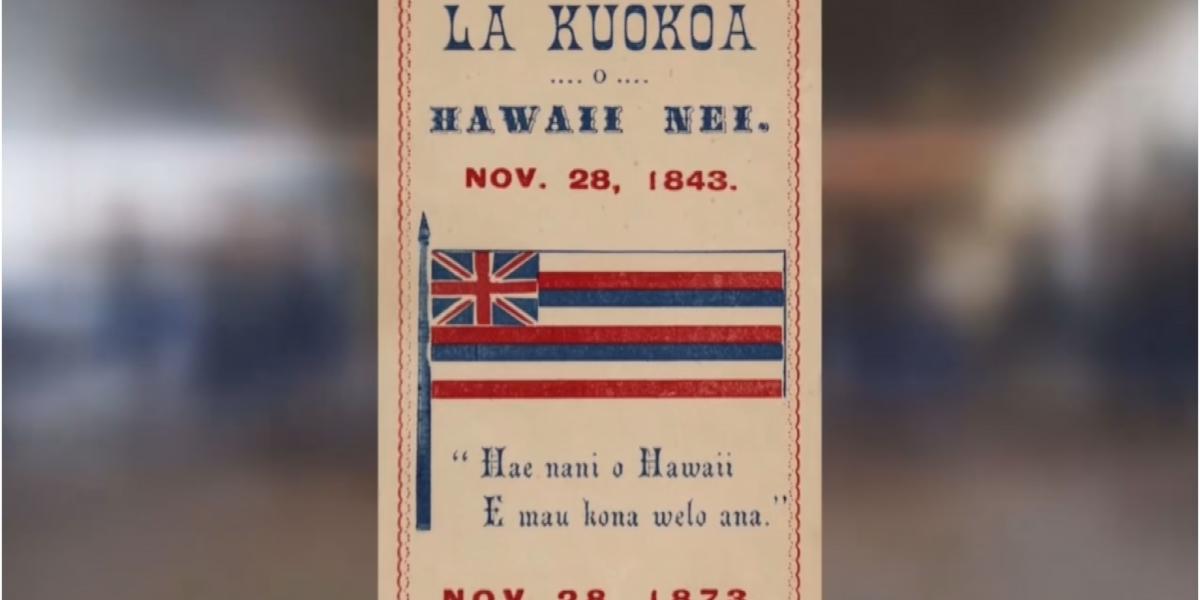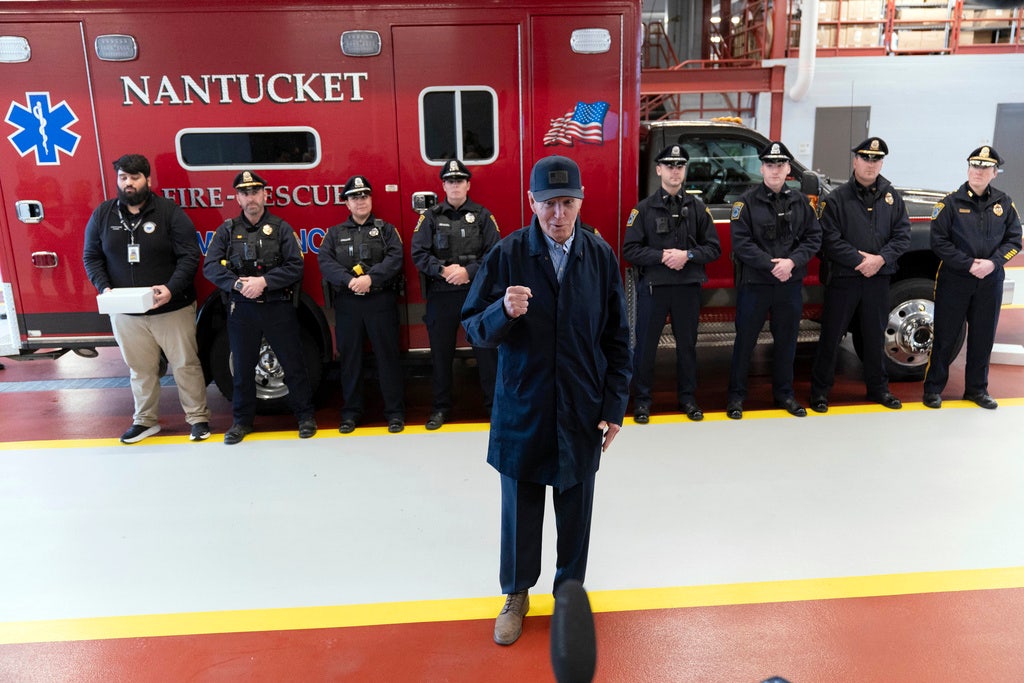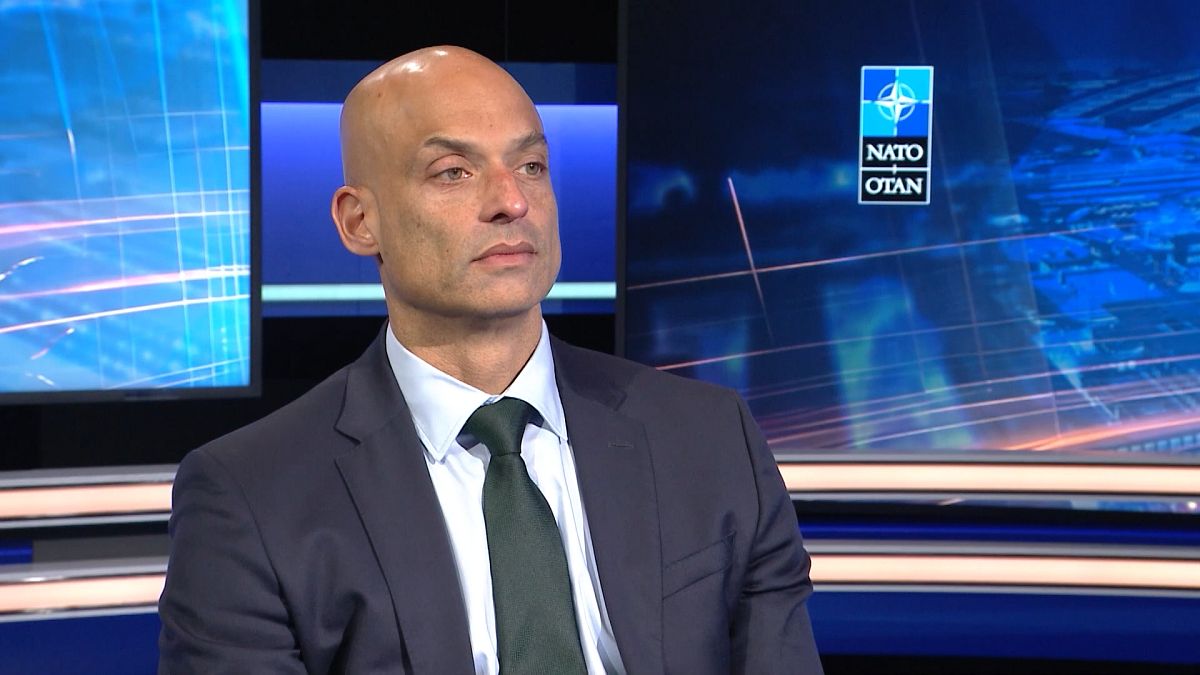HONOLULU (HawaiiNewsNow) – Ask anyone in the United States, “What day is Independence Day celebrated?” and most would respond with “July 4.”
They’re referring to the date in 1776 when the U.S. declared its independence from Great Britain.
But in 1843, the Hawaiian Kingdom had its own Independence Day, called Lā Kūʻokoʻa, celebrated on Nov. 28.
The day marks the formal recognition of Hawaiʻi’s independence by Great Britain and France.
But Lā Kūʻokoʻa, along with much of Native Hawaiian culture and history, was lost after the overthrow of the Hawaiian Kingdom 50 years later.
“They are not taught in the schools. They are not in the history books,” said Native Hawaiian historian Kauʻi Sai-Dudoit.
“In the early 1900s, posted in every government office during the territorial days, there were signs that hung in every government office that said, ‘Speak English, the language of America,’” Sai-Dudoit said.
John Waiheʻe, the state’s first and only Native Hawaiian governor, said he only recently learned about the holiday.
“We weren’t taught that much about Hawaiian history,” he said. “We didn’t have it in schools.”
Last year, the Hawaiʻi State Department of Education said, “Currently the department does not have any curriculum or standards that address the topic of Lā Kūʻokoʻa.”
This year, it says it has added resources about Lā Kūʻokoʻa to its curriculum design website, but its up to teachers and schools to formulate their own curriculum:
“The Hawaiʻi State Department of Education (HIDOE) Core Standards in social studies provide a flexible framework that allows teachers to tailor learning experiences to their students’ unique needs. HIDOE’s curriculum design website offers resources on Lā Kūʻokoʻa, accessible to all HIDOE educators. These Lā Kūʻokoʻa resources align with the key learning outcomes outlined in the required Modern History of Hawaiʻi course. This year, a concerted effort was made to inform all teachers about the added curriculum resources on Lā Kūʻokoʻa. There is nothing preventing teachers from including a Lā Kūʻokoʻa curriculum into their course studies. Curriculum is set by individual schools and teachers to best meet the needs of their students.”
In the last year, at least half a dozen public schools, not including Hawaiian language immersion schools, teach the holiday. One of them is Julie Reyes Oda, who taught the holiday last year at Nānākuli Intermediate and High School.
She told HNN she personally hasn’t met any other teacher who teaches the holiday.
“I don’t think any if they weren’t at a Hawaiian immersion school,” said Reyes Oda.
Waiheʻe and three other former Hawaiʻi governors are now coming out in support of the holiday’s teaching: Ben Cayetano, Neil Abercrombie, and David Ige.
“Kids especially need to know about the past, the full past. Right now they aren’t getting it, I think,” said Cayetano.
“As you accumulate knowledge, whether it’s about Hawaiian history or anything else, you accumulate it, you correlate it, and you pass it on,” said Abercrombie.
“I don’t think there should be any limitation,” said Ige.
“I think it ought to be encouraged and part of the curriculum,” said Waiheʻe. “Young people growing up in Hawaiʻi ought to know what our history and what our legacy is all about.”
Hawaiʻi’s current governor and first lady are echoing the sentiments of support. A statement from Gov. Josh Green read:
“In April of last year, I signed SB731 into law, officially designating November 28 as Lā Kū‘oko’a. This annual commemoration holds deep significance for both me and the First Lady, who is Native Hawaiian, as it honors the often-overlooked recognition of the Kingdom of Hawai’i’s independence. We deeply appreciate the educators who incorporate the DOE’s curriculum into their lessons, highlighting Hawai’i’s unique distinction as the only U.S. state with a sovereign royal monarchy in its history.”
Although the HIDOE has yet to commit to changes to its current standards that look at more comprehensive Hawaiian history, the work by the Hawaiian people to restore their culture is reaching new heights.
In the past several years, Lā Kū‘oko’a celebrations happening from atop Mauna Kea, the streets of Honolulu, and across the island chain. They reflect a generation wanting to reconnect to the foundation their ancestors left for them.
Copyright 2024 Hawaii News Now. All rights reserved.




































